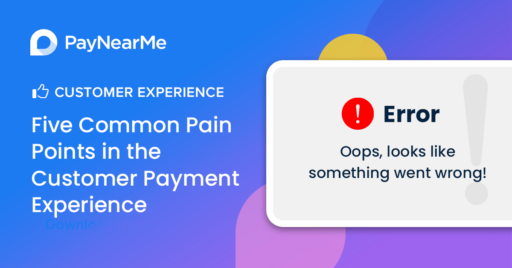Cash (and Cashless) Essentials
In late June 2018, a bill requiring restaurants to accept cash and remove pricing differences based on payment method was introduced in Washington D.C. by Councilman David Grosso, aiming to protect unbanked and underserved customers from retailers’ trend of going cashless.
Sweetgreen, a salad chain restaurant, was one of the first in the industry to begin refusing cash payments in early 2017, leading other establishments to follow suit. Karen Kelley, the president of Sweetgreen, and other business owners who support cashless policies, argue that it reduces additional costs and concerns regarding security and theft and allow employees to better focus on customers’ experiences.
However, restaurants going cashless often raise prices to pass on card fees to customers, and refusing cash unfairly affects low-income customers who often use cash more often, as credit options are not as accessible. While many might think that this issue won’t affect many, the contrary is true.
According to a recent report by the Federal Insurance Deposit Corporation, 9 million U.S. households are unbanked, and 24.5 million more are underbanked. This means that over 30 million households rely heavily on cash and alternative payment methods in their day-to-day transactions. These numbers, compounded by the Federal Reserve Bank of San Francisco’s finding that 30% of customers prefer cash as their primary payment method, point to the rising need for consideration and support of underserved customers and cash usage. This is not to mention that debit and credit payment options are limited for young people.
In addition to restaurants going cashless, parking and public transportation systems in major cities across America are also beginning to shift transition to card-only payments. While an increasing amount of businesses are starting to deny cash, there is backlash from those concerned about how this shift will restrict customers who are trying to access daily needs. Critics of cashless policies encourage businesses to rethink cutting corners on being inclusive to all customers.
Though the gap between cash and credit seems to be increasingly apparent, PayNearMe bridges the divide by providing a safe, easy way for customers to pay with the accessibility of cash and the convenience of mobile. Already established in a variety of industries, PayNearMe offers a service that is inclusive and provides the same mobile-first digital experience to cash preferring customers.




